1 Comment
Pinterest may be well known as a digital scrap book, but it can be used for more than collecting your favorite photos into categories. It's also a great platform for saving pictures, diagrams, infographics, and links to important livestock health topics. While I didn't originate this idea, I have created many boards focused on livestock health that you can follow individually or as a whole set here. The information on these boards are pinned from a wide variety of websites created by veterinarians, farmers, ranchers, extension offices associated with universities, and reputable trade publications.
While none of the articles, tips, and advice should be used as a substitute for consulting with your veterinarian, they can give you a great education in basic animal husbandry practices, health precautions, disease risks, as well as proper care and management of livestock. |

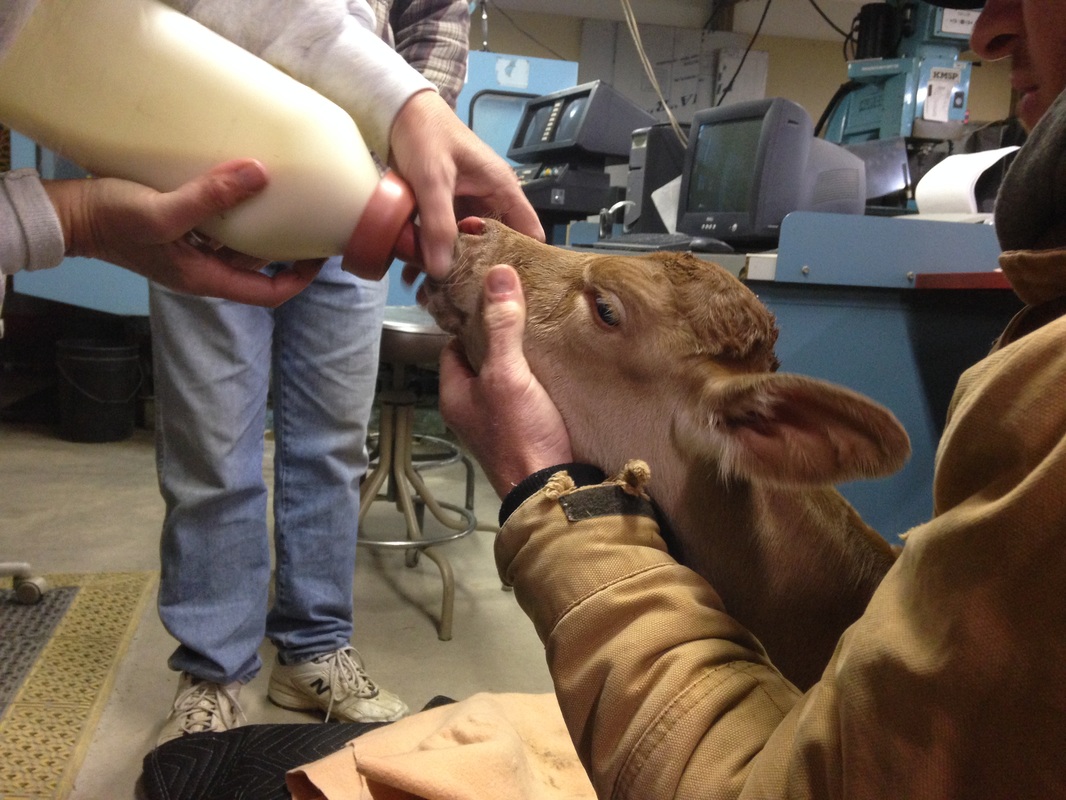
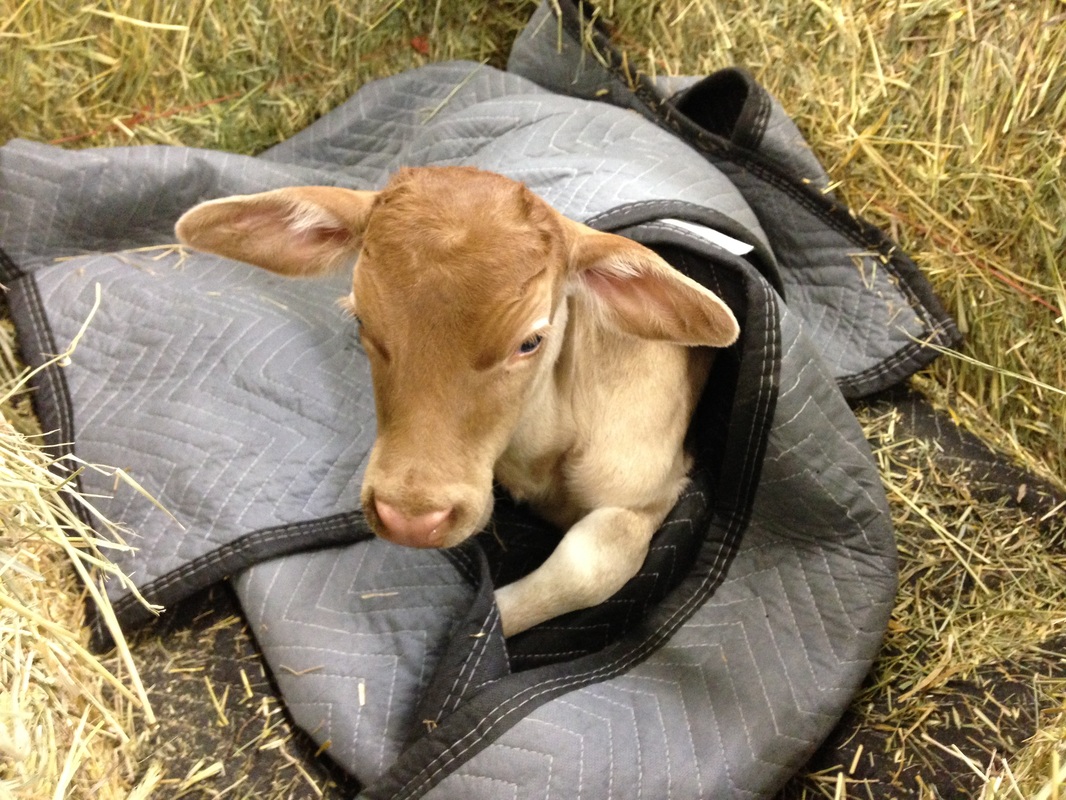

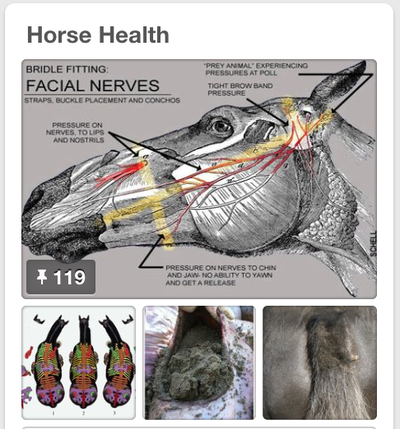
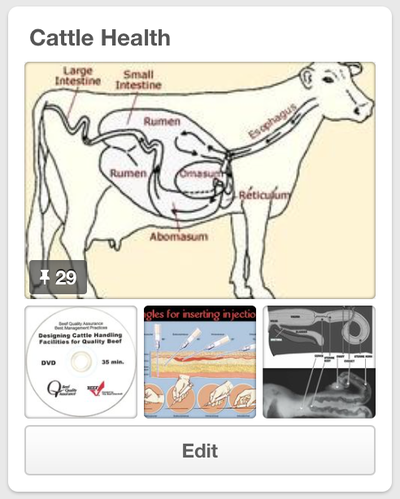
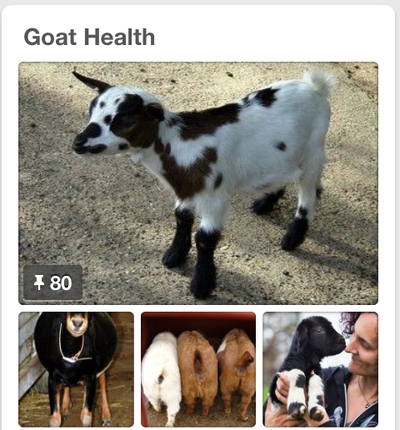
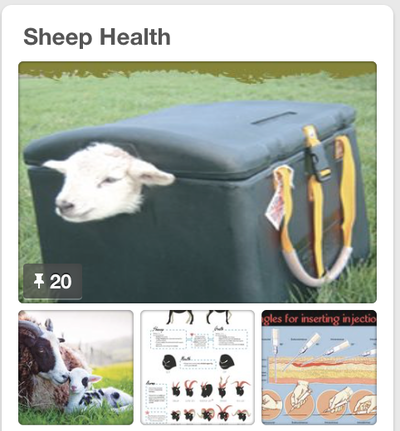
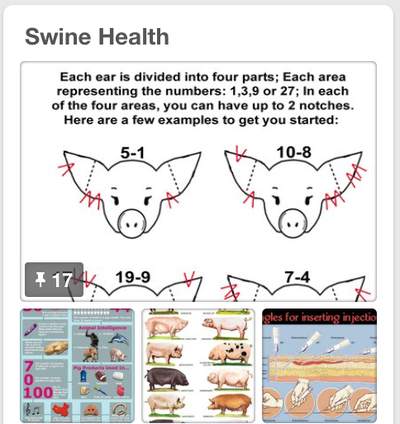
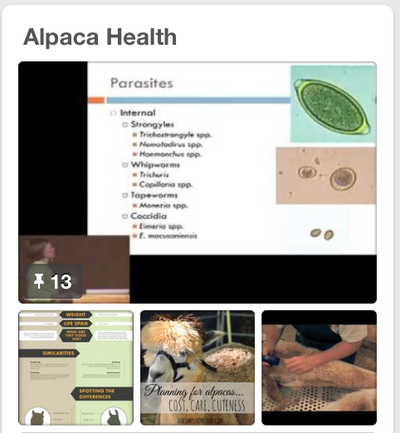
 RSS Feed
RSS Feed